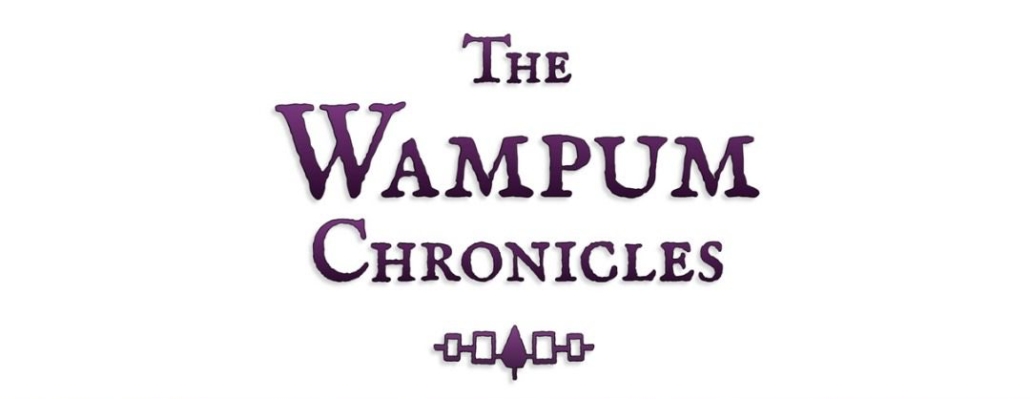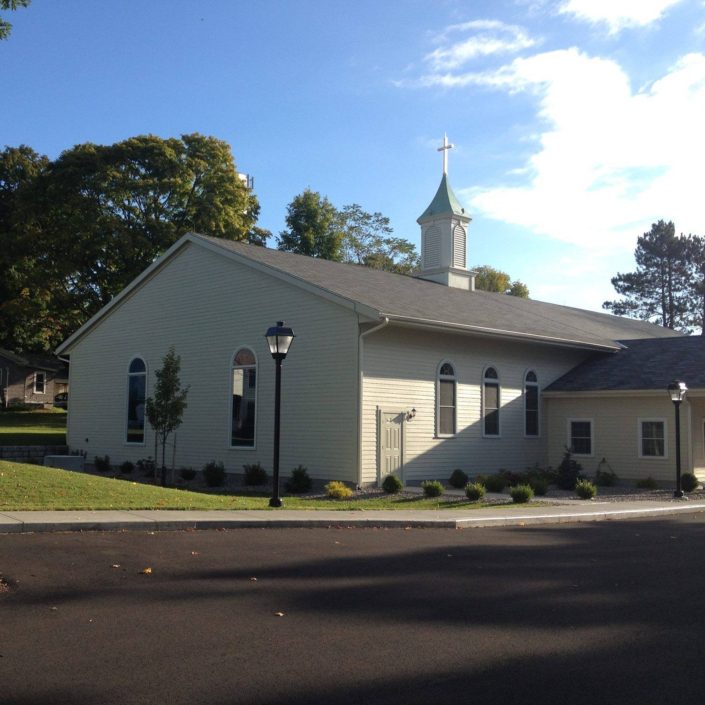
Land Where The Partridge Drums
A History of the Akwesasne Mohawk Nation
The Seven Nations Grand Council of 1799
by Darren Bonaparte

Brant’s account of the meeting, found in the Collections of the Michingan Pioneer and Historical Society, Volume 20 (1892), is the only account that we know exists. It began with a traditional greeting by the Seven Nations to the Five Nations:
“The road which our ancestors had made for our Brethren to walk in, on the business of peace, has got encumbered with many fallen Trees, and bushes have grown up therein so as to make it almost imperceptible, we are therefore happy that you have now beat the path again so as to make it plain.
Brothers,
On every turn along the road there is birds telling Stories, our ancestors ordered that such things not be listened to, but be cast behind our backs, let us therefore Brethren do as our Forefathers commanded.”
An American-based Oneida delegate got right down to business in regard to the “story-telling birds.”
“Brothers:
I have a few words to speak to you on the part of the Chiefs at Oneida…they have been convincing the Story-telling Birds, which have been saying that the Oneidas had best not attend the Council at Caughnawaga as they had been on the American side during the late war, that they would certainly meet with bad treatment if they went there, I was therefore Brothers desired by the Chiefs of the Oneidas to ask you, how that is, if it is so or not, the bird was heard at several places and wanted to stop us from coming here, and his name is Col. Louis.”
The narrative then states that
“The Chief of the Caughnawagas then said it might have originated at St. Regis but that he hoped his brothers the Oneidas would pay no attention to it for that he would assure them that they had no harm to expect from the Seven Nations.
“Then a Chief Capt. John from St. Regis said, he supposed it would again be said that this report came from St. Regis, tho’ the Chiefs there know nothing about it, nor any one except it might be Louis and his party, and that he regretted and was ashamed that the Chiefs of the Seven Nations had listened so much to that man as they had all done, except himself, that was the cause of the present assembly being now called together, and of various other trouble they had been at on that account and that he now heard he would not be present at this meeting.”
The next day the Kahnawake Chief opened the day’s deliberations by briefly reciting the traditional “wiping of the tears” ritual, often called a condolence ceremony. That done, he got to the business at hand.
“Listen now to the purport of our meeting, When our Forefathers had settled various things respecting our future interests they marked out their different Boundaries Shewing the portion of Land belonging to each Nation where the Warriors might freely ramble and seek their living. As I was enquiring after this, which I had looked on I was told by the New York people that we had no right to that Land, but that the right belonged to the Five Nations, and that they had made it over to them.
“Brothers,
I do not say you did so but this is what the New York people told us; it is for this reason that we have called you Brothers of the Five Nations to our Council Fire, which we have now kindled for our brethren, and we hope the Almighty will assist us so as to set all right again, so let us cooly and deliberately examine the affair, that we may trace out what gave rise to it. The New York people might have said what they did heedlessly or with an intent to set us at variance…”
The next day Brant, confident and relaxed, made a speech on behalf of the Five Nations.
“…according to the customs of our ancestors, by the import of this Belt of Wampum which we present and before Sir John Johnson we say Brothers that we know nothing of what the New York People concerning your Lands or of ever us the Five Nations having interferred in the least with them, and we assure you Brothers, that this is the Truth.”
The next day the Kahnawake Chief opened the day’s deliberation and cited the custom of pulling up a Pine tree and casting story- telling birds into the hole.
“…we Join with you to to put it under the ground from where the pine was taken up, to fall into a swift stream under it, which will take it to the big Sea from whence it can never return.”
The council then ended with an agreement to utilize the resources of Sir John Johnson to determine specific details of the New York affair. At no time, however, did Brant acknowledge the quitclaim he signed with John Deserontyon two years before, and at no time did the Kahnawake chiefs bring it up. Whether they even knew about it at the time is not known.
Conclusions
The unidentified Kahnawake Chief who spoke in this council appears to have been Ohnawiio (“Goodstream”), the man identified as a Kahnawake Chief in the treaty negotiations, since he seems to indicate he was present when the New York agents brought up the contentious deeds as evidence against their claim. If Cook and his comrades did not have authority to sign the Seven Nations of Canada Treaty of 1796, as certain modern historians have suggested, it surely would have come up in the discussions. Brant would certainly have mentioned it in his account, as he was no fan of Colonel Louis. As it turns out, however, Cook came out of the affair with more than enough damage to his reputation among the Seven Nations and Five Nations Confederacies.

Colonel Lewis Cook. Illustration by Darren Bonaparte
Is it possible that Cook had been acting as a secret agent for the Americans all along? Perhaps. When the War of 1812 broke out between the British and Americans a decade later, Cook was by then a man in his seventies, but he unhesitatingly answered the call to action and died in the service of the United States with his previous commission of lieutenant colonel.
Next week: Trials and Tribulations of the Early 1800’s
By Darren Bonaparte, historian and author of The Wampum Chronicles. Reprinted with permission.
Darren Bonaparte is a cultural historian from the Akwesasne First Nation. He is a frequent lecturer at schools, universities, museums, and historical sites in the United States and Canada. He has written four books, several articles, and the libretto for the McGill Chamber Orchestra’s Aboriginal Visions and Voices. Darren is a former chief of the Mohawk Council of Akwesasne. He is the creator of The Wampum Chronicles and historical advisor to film and television. He currently serves as the Director of the Tribal Historic Preservation Office of the Saint Regis Mohawk Tribe.














